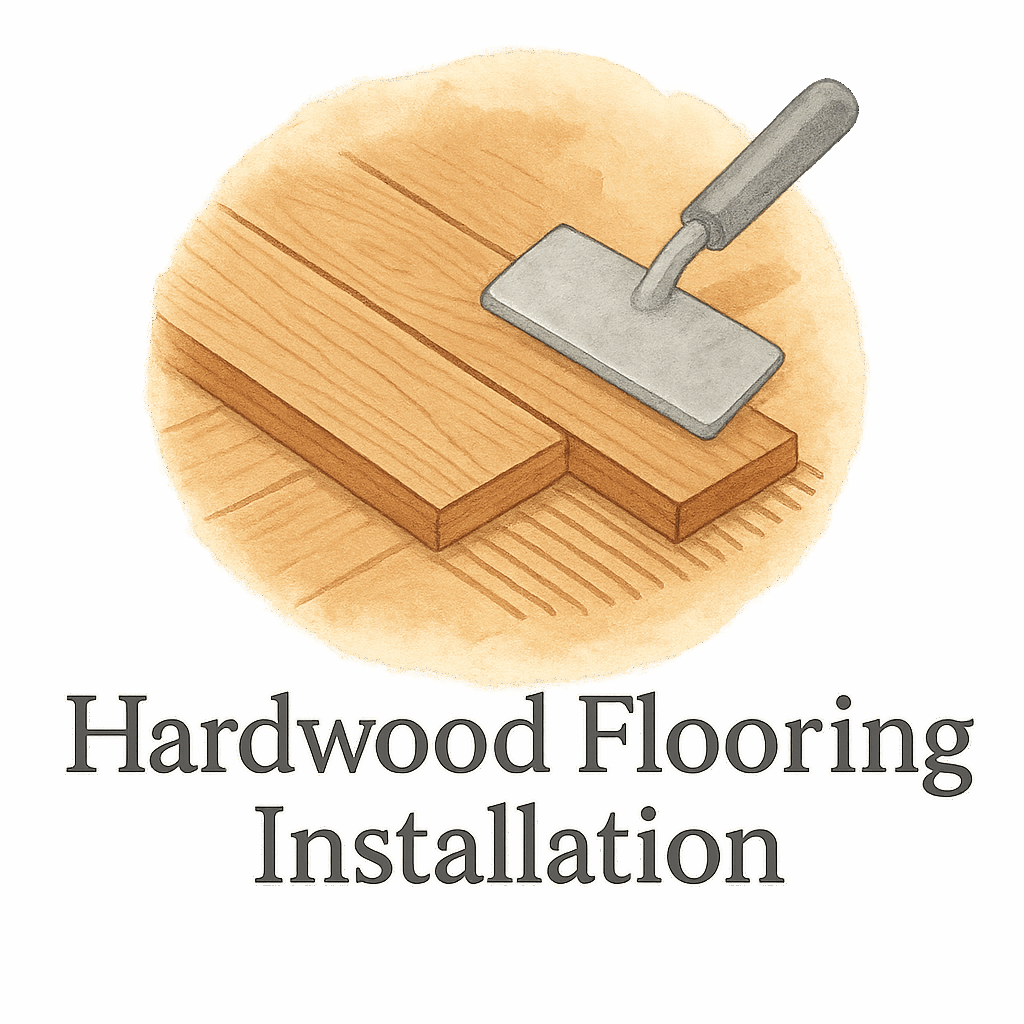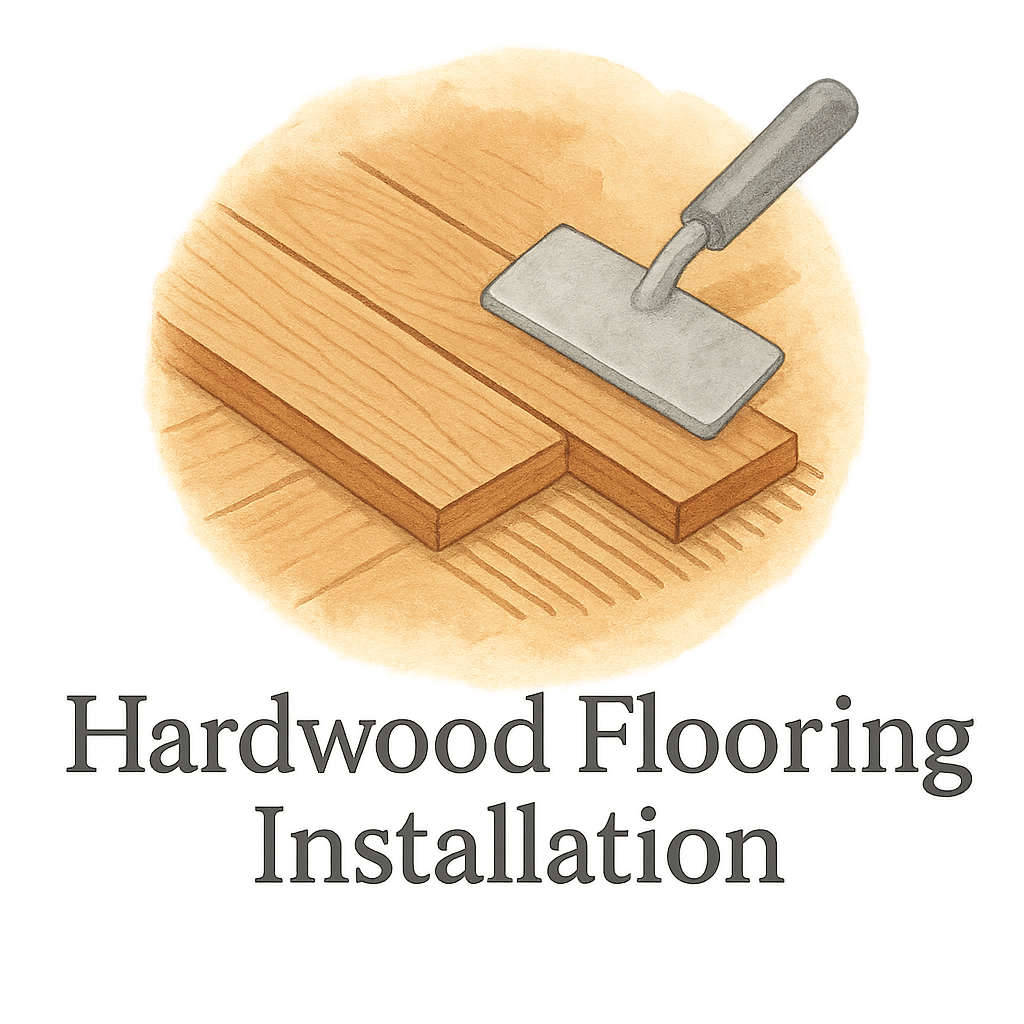Hardwood flooring can completely transform your space — but before you grab a hammer or call a contractor, there are a few things you absolutely need to know. From wood types to layout patterns, we’re diving into the 10 most important questions you should ask before starting hardwood flooring installation.
Whether you’re going full DIY or calling in a pro, this guide will help you sidestep mistakes and make informed choices.
Why Ask Questions Before Installing Hardwood Flooring?
Let’s face it — installing hardwood flooring isn’t something you want to get wrong. It’s a big investment, and doing it right starts with asking the right questions. These aren’t just to satisfy your curiosity — they save money, time, and future frustration.
1. What Type of Hardwood Is Best for My Home?
Solid vs. Engineered Hardwood
Solid hardwood is one piece of wood through and through. Engineered hardwood, on the other hand, is made from layers of wood bonded together, with a solid wood veneer on top.
If you live in a humid area or plan to install flooring in the basement, engineered hardwood is often the better bet.
Wood Species Considerations
From oak and maple to exotic Brazilian cherry, wood species affect color, grain, hardness, and cost. Consider traffic levels and pets when choosing.
2. Is My Subfloor Ready for Installation?
Importance of Proper Flooring Preparation
Before any planks hit the floor, the subfloor must be level, clean, and dry. Visit our full guide to flooring preparation for a detailed breakdown.
Common Subfloor Issues
Warped or uneven subfloors can lead to creaks, gaps, and long-term damage. Always inspect for moisture and rot beforehand.
3. What’s My Budget?
Cost of Materials
Hardwood flooring can range from $3 to $15 per square foot. Add to that the cost of flooring tools and materials.
Cost of Labor
Professional installation typically runs $4–$8 per square foot. Don’t forget to check out our flooring cost and time estimation tool.

4. Should I DIY or Hire a Professional?
DIY Flooring Installation Pros & Cons
Doing it yourself can save a lot, especially if you already have tools. But it’s not easy. Our DIY flooring installation guide can help you decide.
When to Call a Flooring Contractor
If your subfloor is complex or you’re laying hardwood in tricky spaces, a flooring contractor might be the way to go.
5. How Long Will Installation Take?
Estimating Time Correctly
Depending on your space and skill, hardwood installation can take anywhere from 1 to 5 days. Check out this flooring cost and time estimation tool for a better idea.
Factors That Affect Time
Room size, layout complexity, drying times for finishes, and unexpected repairs all factor in.
6. What Tools and Materials Do I Need?
Essential Tools Checklist
You’ll need:
- Flooring nailer or stapler
- Saw (miter, circular, or table)
- Moisture meter
- Tape measure and chalk line
- Spacers and pry bars
For the full list, check out flooring tools and materials.
Materials You Can’t Overlook
Besides the wood planks, don’t forget underlayment, adhesives, trims, and moisture barriers.
7. What Underlayment Should I Use?
Types of Underlayment
Foam, cork, rubber — each serves a different purpose. Some offer better soundproofing, others moisture resistance.
Why Underlayment Matters
Underlayment improves insulation, extends floor life, and reduces noise. Learn more in our underlayment tag section.
8. How Will I Maintain the Floor?
Cleaning and Maintenance Tips
Stick to hardwood-safe cleaners, sweep daily, and never let spills sit. Bookmark our flooring maintenance and repair section for future reference.
Preventing Future Damage
Avoid dragging furniture, use rugs in high-traffic areas, and keep humidity in check. Check our damage prevention tag for more.
9. What Are the Most Common Mistakes to Avoid?
Planning Mistakes
Skipping the planning phase is a recipe for disaster. Use this flooring planning checklist to get organized.
Installation Mistakes
Poor measurements, ignoring acclimation, or using the wrong tools are common pitfalls. See our mistakes tag for more advice.
10. Does My Layout Work with the Flooring Pattern?
Pattern Ideas and Tips
Straight lay, diagonal, herringbone — your layout impacts how the room feels. Explore creative flooring patterns.
Layout Considerations
Always plan around focal points and natural light sources. Use our layout guide to visualize options.
Conclusion
Installing hardwood flooring can be one of the most rewarding home improvement projects — if you go in prepared. These 10 questions cover everything from budget and tools to maintenance and layout. Asking them now means fewer regrets later.
Remember, preparation is just as important as execution. Use the internal resources we’ve linked throughout the article to go deeper on any topic.
Want your project to go smoothly? Be sure to bookmark:
FAQs
1. Do I need to acclimate hardwood flooring before installation?
Yes! Acclimate it for 3–5 days in the room where it will be installed to prevent expansion or shrinkage.
2. Can I install hardwood flooring over concrete?
Yes, but you’ll need proper moisture barriers and may prefer engineered hardwood. Visit flooring preparation for more.
3. What’s the best way to clean hardwood floors?
Use a microfiber mop and a pH-neutral cleaner. Avoid water and steam.
4. Is underlayment necessary for hardwood floors?
Yes, especially over concrete or in multi-story homes for sound and moisture control.
5. How do I fix scratches in hardwood flooring?
Minor scratches can be buffed out or filled. Check our maintenance and repair section.
6. What’s better, nails, staples, or glue for installation?
It depends on the type of hardwood and subfloor. Each has pros and cons.
7. Can I install hardwood flooring in kitchens or bathrooms?
You can, but it’s risky due to moisture. Consider engineered wood and seal all edges thoroughly.


